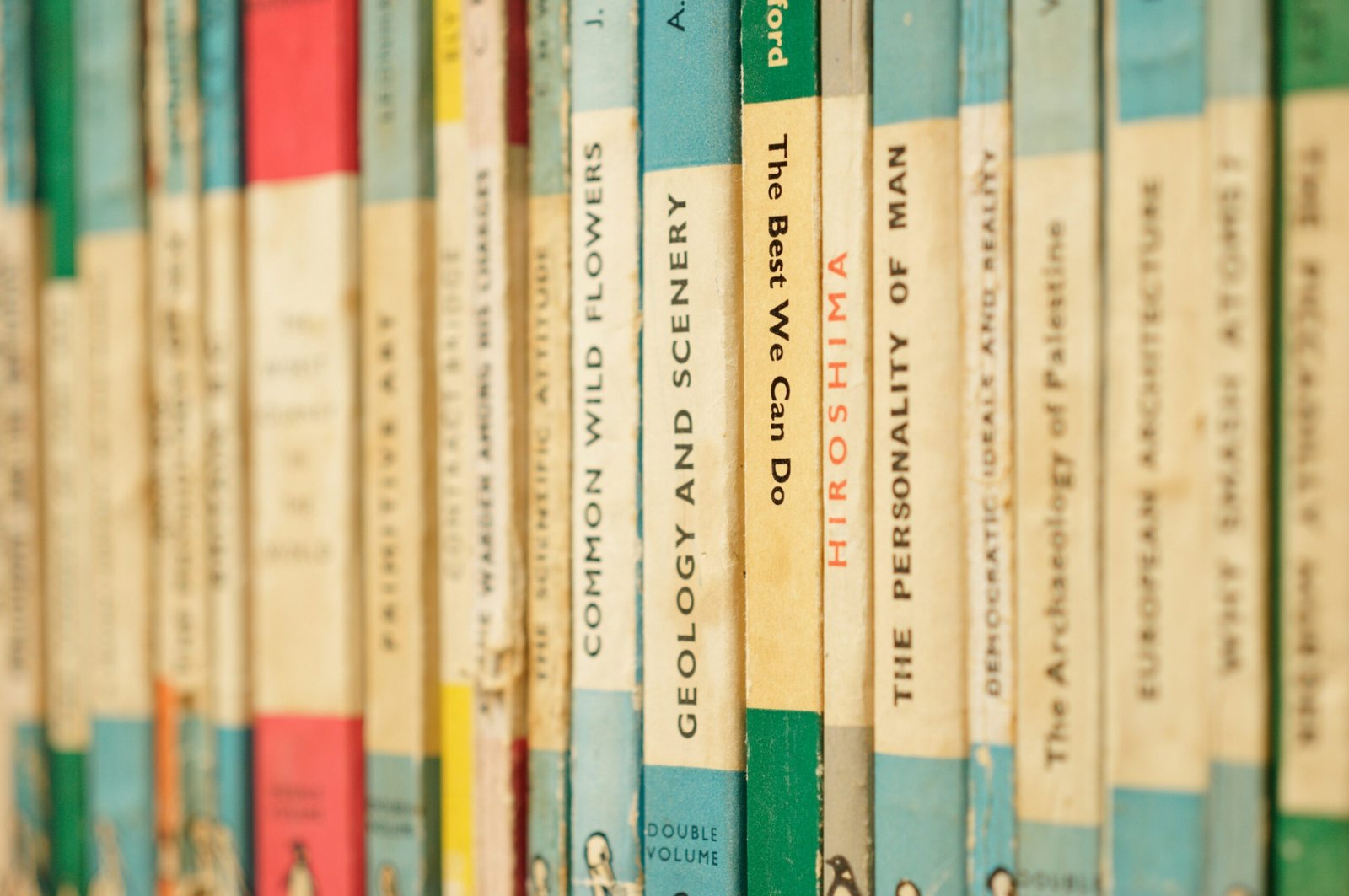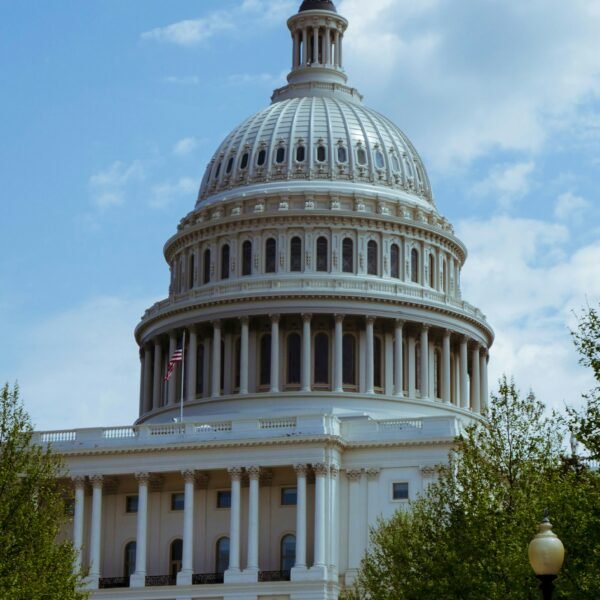In a highly anticipated trial, Russian billionaire Dmitry Rybolovlev is accusing art dealer Yves Bouvier of defrauding him in a series of art purchases. Rybolovlev claims that Bouvier, posing as an art adviser, secretly acted as a dealer and inflated prices by millions of dollars. Sotheby’s auction house, allegedly involved in the scheme, denies any wrongdoing. As the trial unfolds, it is expected to shed light on the inner workings of the art trade and the conflicting loyalties within the industry. With valuable artworks, including a Leonardo da Vinci painting and a Modigliani sculpture, at the center of this dispute, the case has garnered significant attention and may finally answer the question of who was ultimately responsible for the alleged fraud.

Background
In a high-profile legal battle, Dmitry Rybolovlev, a Russian billionaire, has accused Sotheby’s auction house of being complicit in a scheme to defraud him of millions of dollars by art dealer Yves Bouvier.
Dmitry Rybolovlev accuses Yves Bouvier of defrauding him
Rybolovlev claims that Bouvier, who was purportedly acting as an art adviser, actually operated as a secret dealer and manipulated prices to his advantage. Bouvier allegedly deceived Rybolovlev into overspending on numerous artworks.
Bouvier secretly acted as a dealer and increased prices
According to Rybolovlev, Bouvier strategically posed as an art adviser while surreptitiously acting as a dealer, profiting by inflating prices on artworks. This alleged deception resulted in Rybolovlev unknowingly paying significantly higher prices for his art acquisitions.
Bouvier accused of overspending Rybolovlev for artworks
Rybolovlev believes that Bouvier took advantage of their relationship, using his position as an art dealer to manipulate prices and extract more money from Rybolovlev for the artworks that he purchased. The extent of the alleged overspending is believed to be in the millions of dollars.
Sotheby’s denies wrongdoing
Sotheby’s, one of the world’s leading auction houses, strongly denies any involvement in fraudulent activities related to Rybolovlev’s art purchases. They claim to have followed industry best practices and assert that they had no knowledge of Bouvier’s alleged deception.
Sotheby’s accused of helping Bouvier trick Rybolovlev
Rybolovlev asserts that Sotheby’s played an active role in aiding Bouvier’s scheme to deceive him. He believes that the auction house provided assistance in manipulating the prices of artworks and facilitated the fraudulent transactions.
Sotheby’s claims to have followed industry best practices
Sotheby’s vehemently denies the allegations made by Rybolovlev, asserting that they have followed the highest ethical standards and best practices prevalent in the art industry. They contend that they were not aware of any wrongdoing by Bouvier and that they were only acting as intermediaries between the parties involved.

Insight into the workings of the art trade
The trial between Rybolovlev and Bouvier is expected to provide valuable insight into the inner workings of the art trade. It will shed light on the complexities and potential conflicts of interest that exist within the industry, exposing the challenges faced by collectors when dealing with art dealers and advisors.
Trial expected to provide insight into the art trade
Given the high-profile nature of the case, the trial is set to draw significant attention and is likely to offer a rare moment of transparency in the often opaque art market. It will provide an opportunity for observers to gain a better understanding of the mechanisms at play and learn more about how the art industry operates.
Conflicting loyalties within the art industry to be explored
The trial will also explore the issue of conflicting loyalties within the art industry. Art dealers and advisors often find themselves in a delicate position, serving the interests of both buyers and sellers. This case raises important questions about ethics and the professional responsibilities of those operating within this sector.
Highly valuable artworks involved in the trial
The artworks at the center of the trial are of substantial value and importance. One notable piece involved is a painting by Leonardo da Vinci, a renowned and highly coveted artist whose works rarely come to market. Additionally, a sculpture by Modigliani, another esteemed artist, is among the artworks that will be scrutinized throughout the proceedings.
Leonardo da Vinci painting
The Leonardo da Vinci painting involved in the trial holds immense historical and artistic significance. As one of the Old Masters, da Vinci’s artworks are considered to be some of the most valuable and sought-after in the world. The painting is expected to be a focal point of the trial, offering a unique glimpse into the acquisition and trade of such masterpieces.
Modigliani sculpture
The Modigliani sculpture, another key artwork in the trial, showcases the talent and unique style of this influential artist. Modigliani’s sculptures are highly regarded and widely admired for their expressive and modernist qualities. Its inclusion in the proceedings further enhances the significance and attention surrounding the trial.
Previous accusations against Bouvier
This is not the first time Yves Bouvier has faced allegations of fraudulent activities in the art market. Dmitry Rybolovlev previously accused Bouvier of defrauding him in the purchase of 38 artworks, 12 of which were reportedly acquired through private sales arranged by Sotheby’s. These earlier accusations have laid the foundation for the current legal battle between the two parties.

Rybolovlev accuses Bouvier of defrauding him in 38 art purchases
Rybolovlev maintains that Bouvier deceived and defrauded him in multiple instances, involving a total of 38 artworks. These allegations, which encompass a wide range of art acquisitions, have significantly contributed to the ongoing legal dispute. The trial will delve into the specifics of these accusations and assess their validity.
12 works bought through private sales arranged by Sotheby’s
Of the 38 art purchases that Rybolovlev accuses Bouvier of defrauding him in, 12 of them were allegedly facilitated through private sales arranged by Sotheby’s. These private transactions add another layer of complexity to the case and raise questions about the auction house’s potential involvement in the alleged fraud.
Some claims ruled against, trial proceeds for specific works
While some of Rybolovlev’s claims have been ruled against by the judge, the trial is set to proceed for four specific works that are at the heart of the dispute. These artworks will be thoroughly examined and scrutinized, with both parties presenting their arguments and evidence in order to determine the outcome of the case.
Judge ruling against some of Rybolovlev’s claims
During the preliminary stage of the legal proceedings, the judge ruled against certain claims made by Rybolovlev regarding the alleged fraud and deception. These rulings set the parameters for the trial, narrowing down the focus to specific works and allegations that will be thoroughly evaluated and analyzed.
Bouvier’s argument
Yves Bouvier has consistently maintained that he was open about his role as a dealer and denies any attempt to deceive or mislead Dmitry Rybolovlev. He contends that he operated transparently as both an art dealer and adviser, emphasizing that his actions were legitimate within the art market’s accepted practices.
Bouvier claims he was open about acting as a dealer
Bouvier asserts that he did not conceal his dual role as an art dealer and adviser to Rybolovlev. According to his defense, he explicitly communicated his intentions to purchase artworks for resale and acted within the bounds of the industry’s norms. Bouvier’s argument revolves around the notion that his actions were not deceptive, but rather represent an accepted practice within the realm of art dealing.
Denies posing only as an art adviser
Contrary to the allegations made against him, Bouvier vehemently denies posing solely as an art adviser to Rybolovlev. He asserts that his role as a dealer was openly communicated and that there was no intention to mislead or manipulate the billionaire art collector. Bouvier’s defense centers on the idea that he did not engage in fraudulent practices and that his dealings were based on legitimate business practices.
Moment of transparency in the art market
The trial between Dmitry Rybolovlev and Yves Bouvier provides a rare moment of transparency in the often opaqueness of the art market. It offers an opportunity for the public to gain insights into the workings of this exclusive world and understand the intricacies of art transactions, from the involvement of high-profile personalities to the valuation and acquisition of valuable artworks.
Trial offers rare transparency in the art market
Given the attention and significance of the case, the trial brings the inner workings of the art market into the spotlight. The exposure and examination of the alleged fraudulent activities will allow observers to understand the challenges faced by collectors and buyers in navigating the complexities of the art industry. This heightened transparency has the potential to encourage increased scrutiny and accountability within the field.
Significant attention due to personalities and high-profile artworks
The involvement of Dmitry Rybolovlev, Yves Bouvier, and the highly valuable artworks in this trial has attracted significant attention from the media and the public. The combination of wealthy individuals, notable art dealers, and masterpieces by esteemed artists has made this legal battle a captivating spectacle for art enthusiasts and the general audience alike.
Jury trial to determine involvement and independence
The trial, which will be decided by a jury, has the potential to shed light on the full scope of Sotheby’s involvement in the alleged fraud and Bouvier’s claimed independence as a dealer. The jury will have the responsibility of assessing the evidence presented by both parties and determining whether Sotheby’s knowingly participated in the scheme or if Bouvier acted independently.
Trial may reveal Sotheby’s knowledge in alleged fraud
As the litigation unfolds, the trial may expose crucial information regarding Sotheby’s awareness and potential complicity in the alleged fraudulent activities orchestrated by Bouvier. The evidence presented throughout the proceedings will allow for a thorough evaluation of the auction house’s practices, highlighting their level of due diligence and responsibility in protecting the interests of their clients.
Whether Bouvier acted independently to be determined
Central to the trial is the question of whether Yves Bouvier operated independently as a dealer or if he colluded with Sotheby’s to deceive Dmitry Rybolovlev. The evidence and testimony presented during the trial will play a determining role in establishing the level of Bouvier’s autonomy and evaluating the nature of his relationship with the auction house.
In conclusion, the legal battle between Dmitry Rybolovlev, Yves Bouvier, and Sotheby’s has captivated public attention and offers a unique opportunity for transparency within the art market. The trial is expected to provide insight into the workings of the art trade and the conflicting loyalties that can arise within the industry. With highly valuable artworks at stake, including a painting by Leonardo da Vinci and a sculpture by Modigliani, the trial will scrutinize the allegations made by Rybolovlev. While some claims have been ruled against, the trial proceeds with a focus on four specific works central to the dispute. Bouvier maintains his innocence, stating that he operated transparently as a dealer, and denies posing solely as an art adviser. This case not only sheds light on the complexities of the art market but also provides an opportunity for increased scrutiny and accountability within the industry. Ultimately, a jury trial will determine the involvement of Sotheby’s and the independence of Bouvier, potentially uncovering vital information about the alleged fraud.








